Teaching and Fantasy Literature: The Once and Probably Not Future Mythology Class
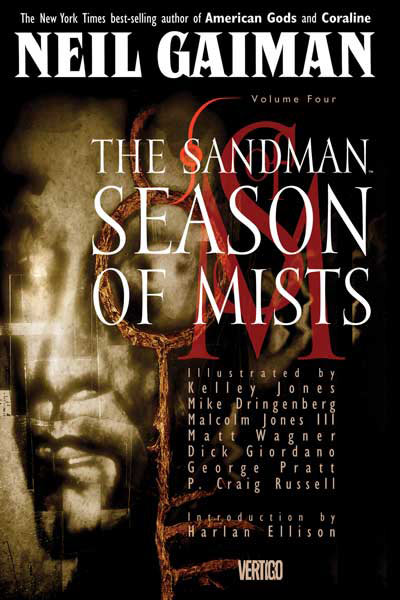 For a week, I experienced the delightful illusion that I held the whole tradition of myth and mythic literature in my head at once. Gilgamesh to Gaiman, it floated in a perfect structure of interconnectedness. I could see through time. Then I wrote the final exam, and the illusion dissolved instantly.
For a week, I experienced the delightful illusion that I held the whole tradition of myth and mythic literature in my head at once. Gilgamesh to Gaiman, it floated in a perfect structure of interconnectedness. I could see through time. Then I wrote the final exam, and the illusion dissolved instantly.
I’ve had a weird week of synchronicity in which several people, none of whom could possibly know each other, have asked me what I miss about classroom teaching. The question has conjured up the best classroom teaching experience I ever had, in all its problematic glory. It began with a situation that reads like the set-up for an Amanda Cross murder mystery.
Back in the mid-1990’s, before some of my current students were born, I taught this Intro to Myth course that had its origins in a semi-scandalous departmental power grab–the oldest codgers in the English Department were trying to maneuver the university into abolishing the Comparative Literature Department. 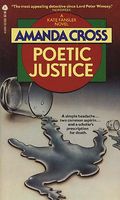 One of their moves was to offer a knock-off version of the one undergraduate class Comp Lit could always get full enrollment for–the course that made it possible for my Comp Lit grad student friends to pay their rent and eat. That’s not hyperbole. I had classmates who lived in their cars during the summer because without their school-year teaching paychecks they had to choose between food and shelter.
One of their moves was to offer a knock-off version of the one undergraduate class Comp Lit could always get full enrollment for–the course that made it possible for my Comp Lit grad student friends to pay their rent and eat. That’s not hyperbole. I had classmates who lived in their cars during the summer because without their school-year teaching paychecks they had to choose between food and shelter.
The codgers offered me a break from teaching endless sections of Freshman Composition. Come teach Intro to Mythology, they crooned, invent the whole syllabus to your own liking, set a precedent for how your fellow grad students will teach it here in English. All you have to do is take food from the mouths of your friends and help us destroy their department before it can confer their degrees.
If I had turned the codgers down, they’d have found some other grad student hungry enough to do it for them. So I made it my mission to give them a magnificent, kickass course of a kind they would never want to run again. They would look upon the precedent of my syllabus and shudder.
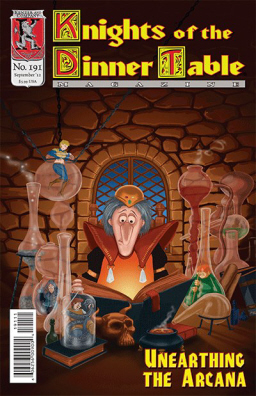
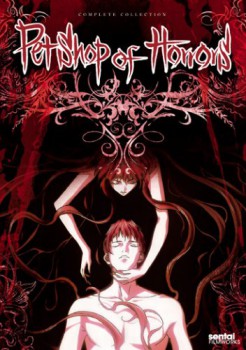 Originally a series of short stories appearing in manga (Japanese comic book) anthologies, Pet Shop of Horrors premiered on the Tokyo Broadcasting System as a series of short animated clips in 1999. Viewers would see a two-minute piece (usually between music videos or short films) every few days until an entire episode was completed. Four whole episodes were broadcast before the animated series was discontinued. The collected episodes were released in North America in 2000 by Urban Vision.
Originally a series of short stories appearing in manga (Japanese comic book) anthologies, Pet Shop of Horrors premiered on the Tokyo Broadcasting System as a series of short animated clips in 1999. Viewers would see a two-minute piece (usually between music videos or short films) every few days until an entire episode was completed. Four whole episodes were broadcast before the animated series was discontinued. The collected episodes were released in North America in 2000 by Urban Vision.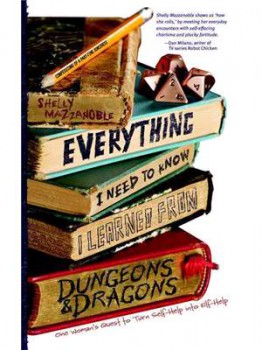 Everything I Need to Know I Learned From Dungeons & Dragons
Everything I Need to Know I Learned From Dungeons & Dragons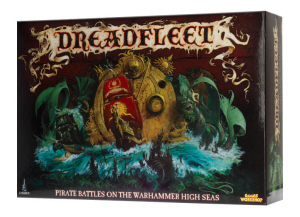
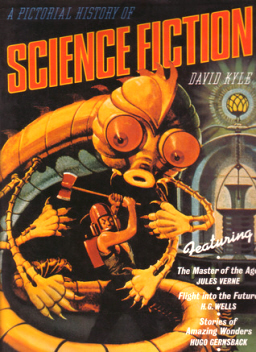
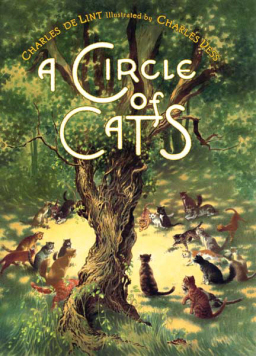
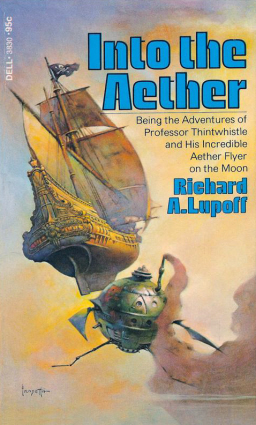
 It’s been said that this is the age of the mash-up: of art formed from the fusion of other works of art. A film like The Avengers blends together characters from five other movies. Fan-fiction interrogates texts we thought we knew, crossing characters from one tale over into another. At an extreme, a work like Alan Moore’s League of Extraordinary Gentlemen imagines a world where every character derives from some other source, comes from some other story; imagines a world where all stories overlap and so make a strange collective setting. In fact, though, this is really nothing new. Crossovers, it has been said, date back to Homer writing of heroes coming together to fight the Trojan War. And League of Extraordinary Gentlemen-style mash-ups have precedents as well; I have not read Philip José Farmer’s Riverworld books, nor have I read John Kendrick Bangs’ Associated Shades novels, which date back to the 1890s, but I have read John Myers Myers’ 1949 novel Silverlock, and came away from it with a few thoughts.
It’s been said that this is the age of the mash-up: of art formed from the fusion of other works of art. A film like The Avengers blends together characters from five other movies. Fan-fiction interrogates texts we thought we knew, crossing characters from one tale over into another. At an extreme, a work like Alan Moore’s League of Extraordinary Gentlemen imagines a world where every character derives from some other source, comes from some other story; imagines a world where all stories overlap and so make a strange collective setting. In fact, though, this is really nothing new. Crossovers, it has been said, date back to Homer writing of heroes coming together to fight the Trojan War. And League of Extraordinary Gentlemen-style mash-ups have precedents as well; I have not read Philip José Farmer’s Riverworld books, nor have I read John Kendrick Bangs’ Associated Shades novels, which date back to the 1890s, but I have read John Myers Myers’ 1949 novel Silverlock, and came away from it with a few thoughts.